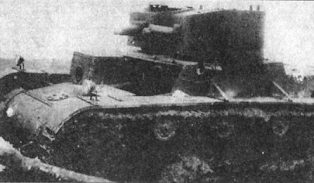Cycles

Some thinking about uneven cycles of naval modernization at the Diplomat:
But military power also depends on a constant cycle of technological modernization, for both new and existing platforms. This cycle may not match completely with procurement and training schedules, leaving a force with a host of obsolete platforms or personnel poorly trained to carry out their missions. For example, in the late 1920s and early 1930s the Red Army, in part because of an acute sense of vulnerability, engaged in a wide-ranging modernization project. Especially in aircraft and tanks, heavy state investment helped create a defense industrial base capable of competing with any world contemporary. The Soviet system made judicious but effective use of injections of foreign technology, having acquired numerous examples of tanks and aircraft from Western countries. Western legal systems had not yet developed a strong set of export controls, meaning that the Soviets could purchase parts, hire experts, and buy licenses for production of certain critical components.


